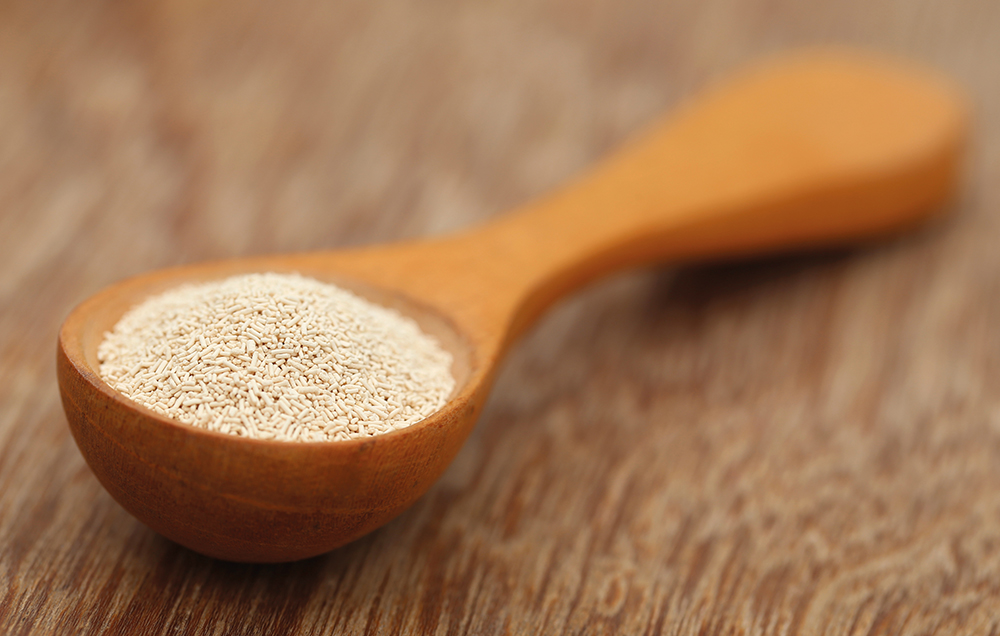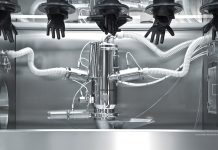Green chemistry innovations from developing new forms of yeast to creating new types of catalyst have been honoured.
The US Environmental Protection Agency (EPA) has honoured both individuals and companies in a scheme which recognises technologies developed to turn climate risk and other environmental problems into business opportunities. The winners in the Presidential Green Chemistry Challenge Award scheme were:
Professor Paul Chirik of Princeton University for discovering a new class of catalysts that are used to produce silicones, found in silicone rubber, tires, shampoos, furniture fibres and paper coatings without using hard-to-obtain platinum. This could reduce the mining of ore which reduces costs, greenhouse gas emissions and waste. This technology could cut energy usage by 85 billion BTUs/year, waste generation by 8.5 million kg/year and carbon generation by 21.7 million kg/year
Verdezyne of Carlsbad, California, for developing a yeast that produces a chemical used to make high performance nylon for hairbrushes toothbrushes, adhesives, coatings, fragrances, and automotive and aviation oils. In addition to using a plant-based feedstock and having lower greenhouse gas emissions, this process is also safer because it does not use high temperatures or concentrated nitric acid.
Newlight Technologies of Costa Mesa, California, for developing a plastic made from methane-based greenhouse gas. It is now used to make bags, cell phone cases, containers, furniture and other products, and has been adopted by Dell, Hewlett Packard, KI, Sprint, Virgin, the Body Shop and other companies. The plastic is carbon negative and less expensive and has equal or greater performance than traditional petroleum-based plastic products.
CB&I, The Woodlands, Texas and Albemarle for developing and commercialising safer technology to produce alkylate, a clean gasoline component produced at about 30 billion gallons per year, 60% of which is produced in North America. CB&I, Albemarle and Neste have replaced traditional toxic and corrosive liquid acid catalysts with safer technology that has a lower environmental impact.
Dow AgroSciences, LLC of Indianapolis, for developing Instinct®, an additive that reduces fertilizer nitrate leaching into ground and surface waters. It also reduces atmospheric nitrous oxide emissions. Nutrient pollution is one of America’s most widespread, costly and challenging environmental problems and retaining nitrogen longer in the plants’ roots helps reduce the problem.
During the 21 years of the awards, EPA has received more than 1,600 nominations and presented awards for 109 technologies. Winning technologies have been responsible for annually reducing the use or generation of more than 826 million pounds of hazardous chemicals, saving 21 billion gallons of water and eliminating 7.8 billion pounds of carbon dioxide equivalent releases into the air.
Jim Jones, EPA’s assistant administrator for chemical safety and pollution prevention, said: “These innovations reduce the use of energy, hazardous chemicals and water, while cutting manufacturing costs and sparking investments.
“They even turn pollution into useful products. Ultimately, these manufacturing processes and products are safer for people’s health and the environment. We will continue to work with the 2016 winners as their technologies are adopted in the marketplace.”














